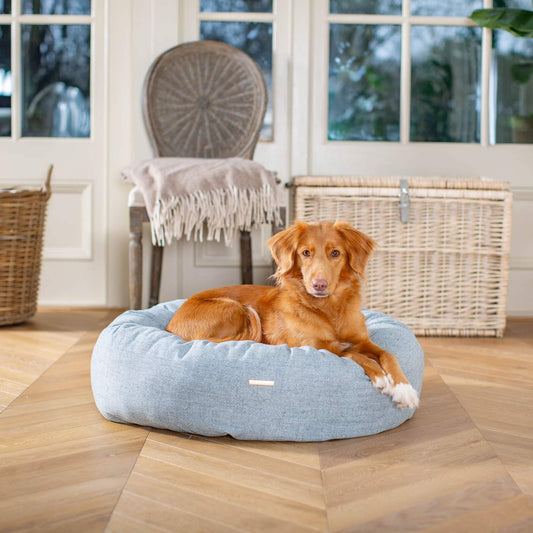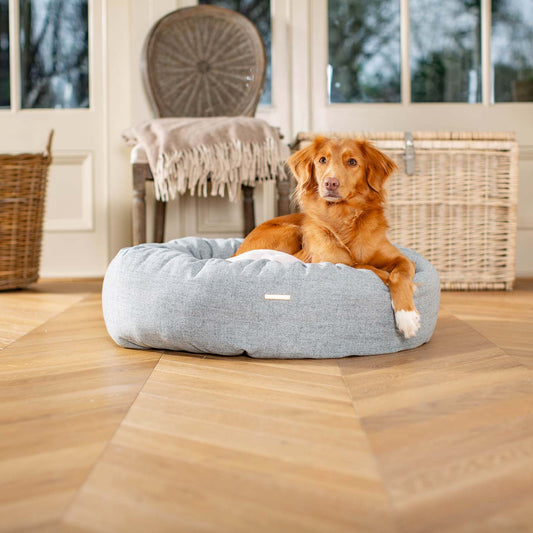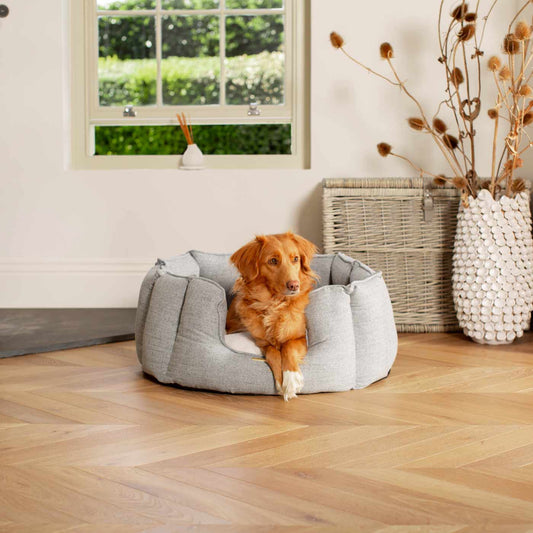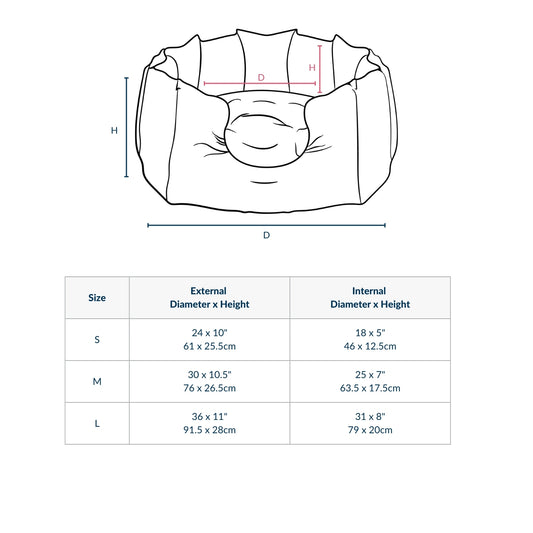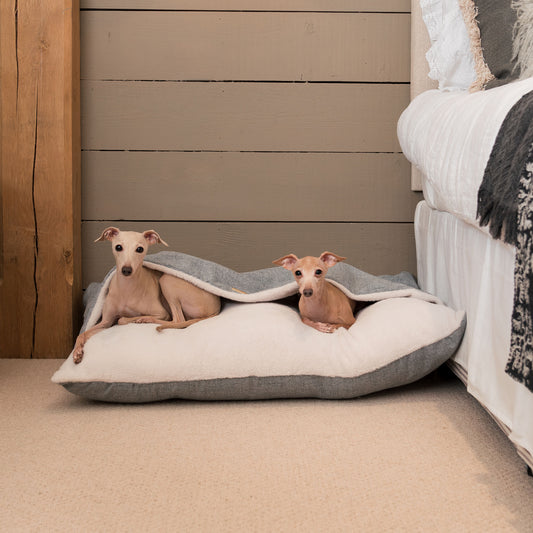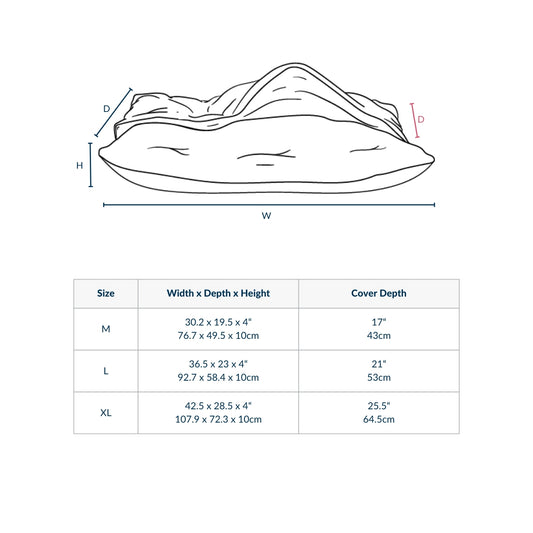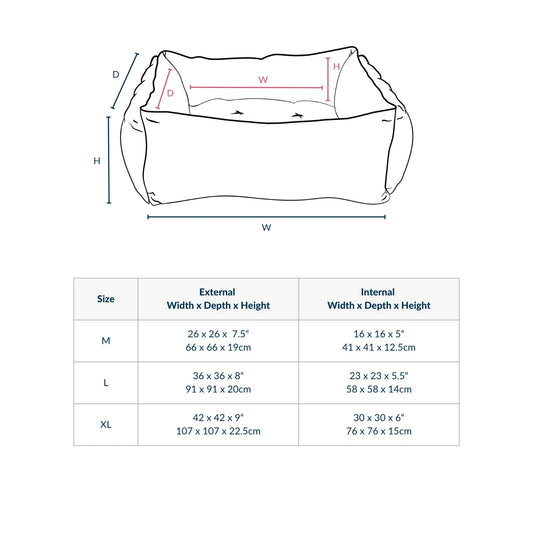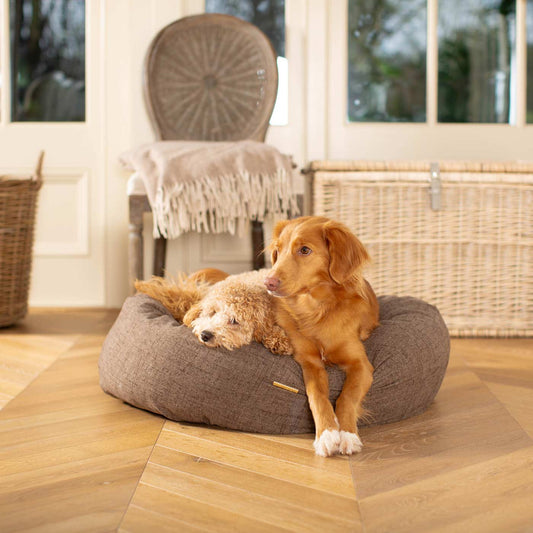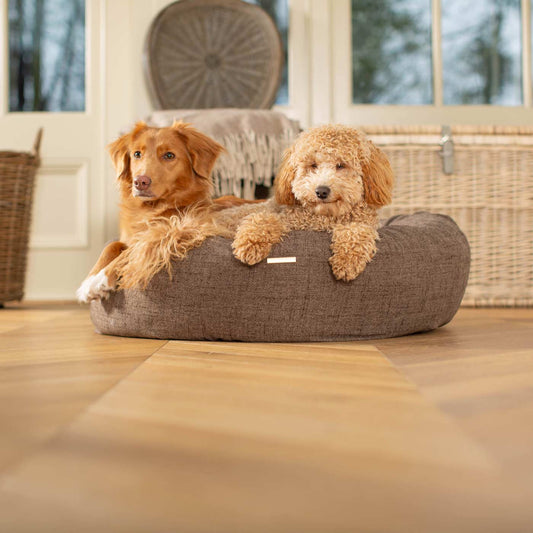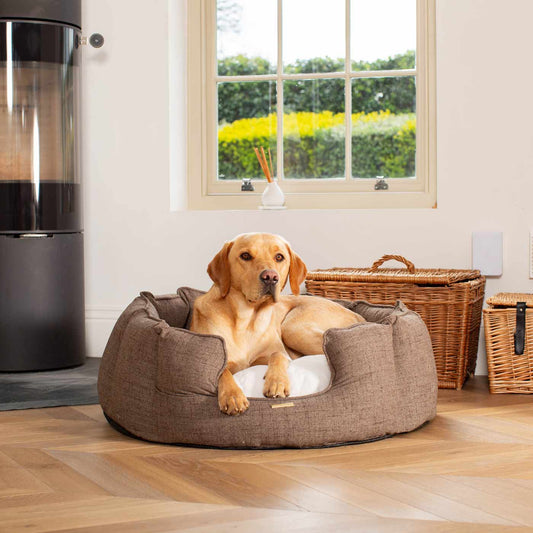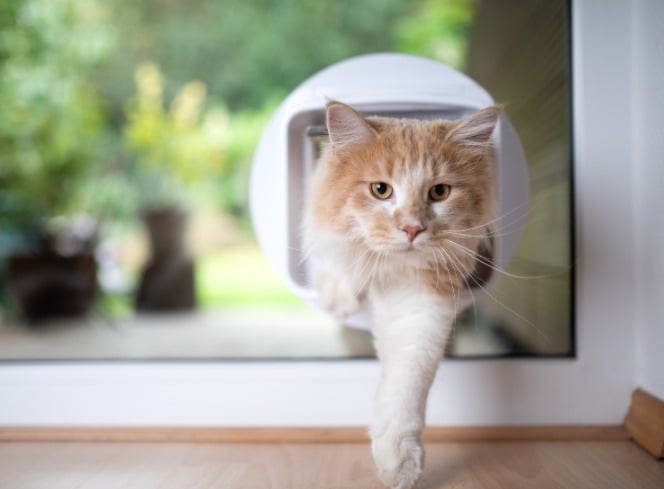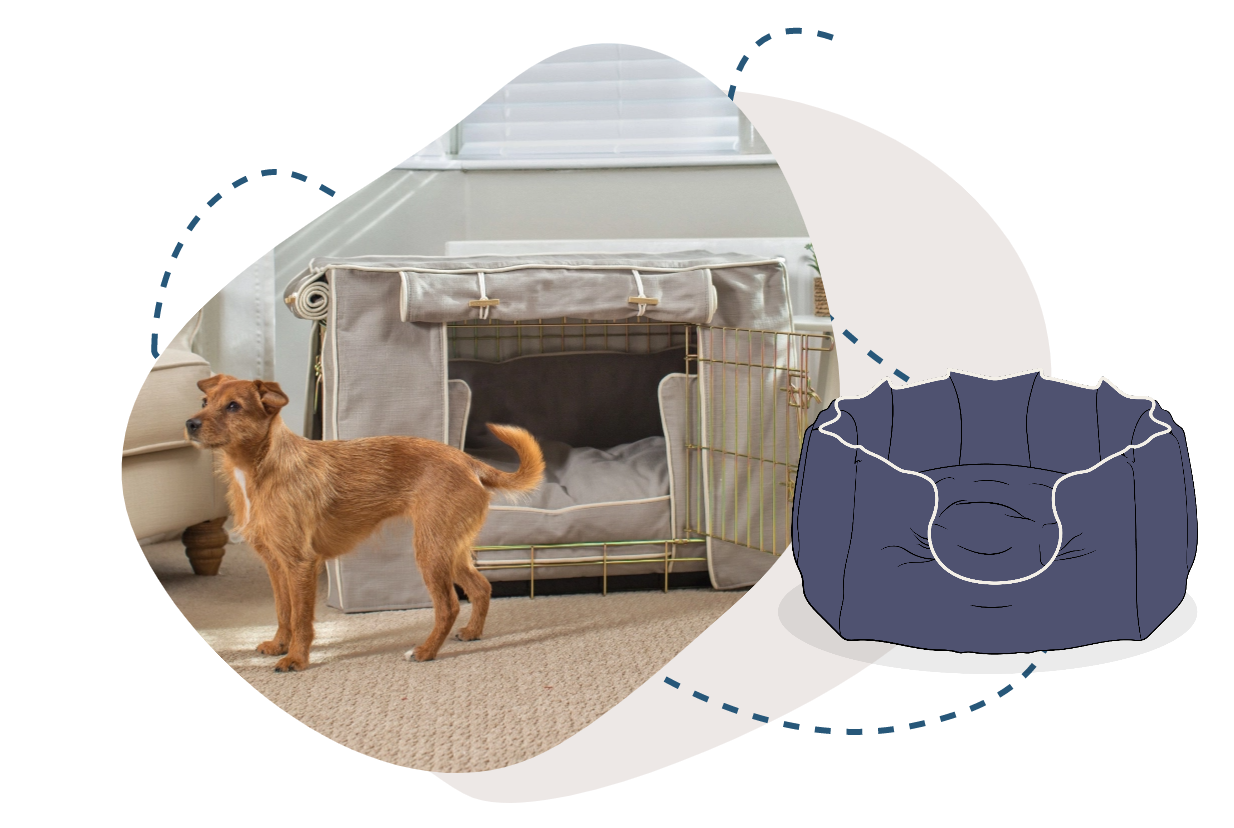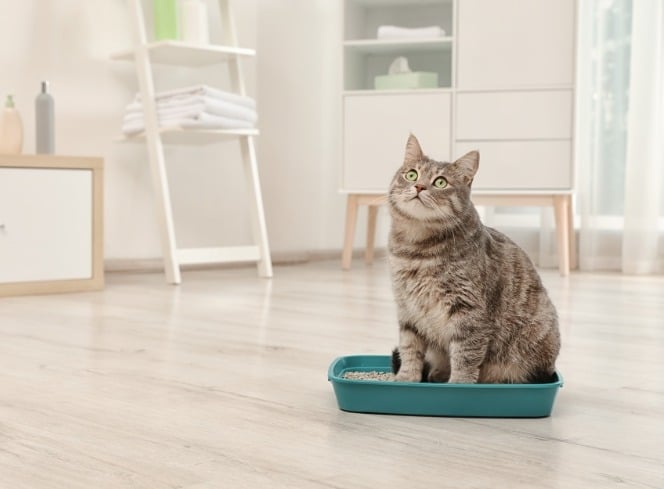
How to Train Your Cat to Use the Litter Tray
Bringing home a new kitten or helping an older cat adjust to a litter tray can be a bit of a challenge, but don’t worry – with the right approach, your feline friend will get the hang of it in no time! Whether you're wondering how to train kittens to use the litter tray or need help encouraging your cat to use the litter box, this guide will take you through litter tray training step by step. Why Litter Tray Training is Important Cats are naturally clean animals, and in most cases, they'll instinctively know where to do their business. However, some cats need a little encouragement—especially if they're kittens or have never used an indoor litter tray before. Proper litter training ensures a hygienic, stress-free home for both you and your cat. Step-by-Step Guide to Litter Tray Training 1. Choose the Right Litter Tray Not all litter trays are created equal! The right tray makes a big difference in how to train a cat for the litter box. Here’s what to consider: Size – Kittens need a shallow litter tray, while larger cats prefer a roomy one. Covered vs. Open – Some cats like privacy with a hooded litter tray, while others prefer an open top litter tray. Entry Style – Older cats or small kittens may struggle with high-sided trays. It may be a little bit of trial and error to find the right litter tray for your cat but here at Lords & Labradors our team of pet experts are on hand to help. Shop our range of cat litter trays here. 2. Pick the Best Cat Litter The type of litter you choose can make or break litter training. Cats have strong preferences, so be prepared to experiment! Clumping vs. Non-Clumping – Clumping litter makes scooping easier, while non-clumping may be better for kittens. Scented vs. Unscented – Some cats dislike strong scents, so unscented is often the safest bet. Texture – Some cats prefer fine, sand-like litter, while others like larger pellets. Lords & Labradors offers a range of high-quality cat litters to suit every feline’s preference. 3. Place the Litter Tray in the Right Spot Location is everything when it comes to litter tray training. Here’s what to keep in mind: Quiet & Private – Choose a calm area away from noise and foot traffic. Accessible – Make sure your cat can easily reach the litter tray at all times. Away from Food & Water – Cats won’t go near their litter if it’s too close to their meals. Number of cats If you have multiple cats, provide one litter tray per cat, plus an extra one to prevent territorial disputes. 4. Introduce Your Cat to the Litter Tray Once you’ve set everything up, it’s time to introduce your cat to their new bathroom! For kittens: Place them in the tray after meals and naps, and gently scratch their paws in the litter to show them how it works. For adult cats: If they’re hesitant, try placing them in the tray and letting them explore at their own pace. Reward them with praise or a small treat when they use it successfully. 5. Keep the Litter Tray Clean A dirty litter tray is one of the top reasons cats refuse to use it. To keep your cat happy: Scoop out waste daily Fully clean the tray weekly with mild soap and water Replace litter regularly to keep it fresh Cats have sensitive noses and may refuse to use the litter tray if it’s too smelly or dirty! Troubleshooting Litter Tray Problems If your cat isn’t using the litter tray, don’t panic! Here are some common problems and how to fix them: My Cat is Avoiding the Litter Tray Possible causes: The litter type is uncomfortable for them The tray is in a noisy or hard-to-reach spot It’s too dirty or has a strong scent Solution: Try changing the litter, moving the tray, or cleaning it more often. Also positive reinforcement can be a powerful tool, try giving your cat a treat every time they go near or in their litter tray to help build those positive associations. My Cat is Using the Floor Instead Possible causes: The litter tray is too small medical issues like urinary tract infections Stress or anxiety Solution: Upgrade to a larger litter tray, consult a vet if needed, and reduce stress by keeping their environment calm. My Cat is Digging Excessively Possible causes: They’re playing instead of using the tray They don’t like the litter texture Solution: Offer a different type of litter or provide a separate play area with toys. Try redirecting your cat to a toy if you see them playing in their litter tray. Final Tips on How to Encourage Your Cat to Use the Litter Tray Be patient – Some cats take longer to learn than others. Use positive reinforcement – Praise and treats work better than punishment. Stick to a routine – Consistency helps cats form good habits. With the right approach, your cat will master their litter tray in no time! And don’t forget – Lords & Labradors has everything you need for stress-free litter training, from premium litter trays to top-quality cat litter. Explore our range today and make litter training a breeze!



































































